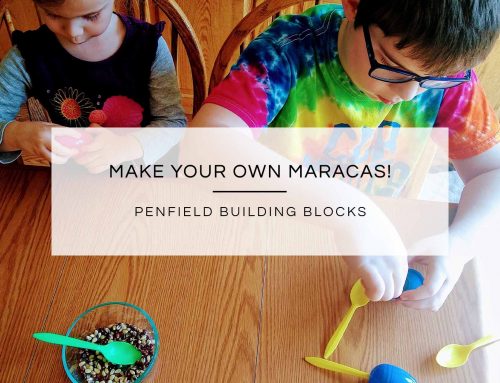By: Casey Parr, Community Outreach and Marketing Specialist
A natural part of growing up is for children to continually take on more responsibility as they crave independence. Did you know that the toys you choose for your child, even from a young age, can help them develop independence? The category of Montessori toys is wide-ranging but broadly can be described as toys that stimulate a child’s learning through practical life experience. The key is to give children access to toys that they can use to teach themselves through independent play and learn to explore their environment. Many of the toys you already have at home can be adapted to teaching your child independence through Montessori practices. The following examples show how your child can become more independent.
Children are empowered to help. Research shows that given the choice between real objects and pretend objects, children choose real objects. Try giving your child a toy that serves a purpose such as, a child-sized mop to wipe up spills or a measuring cup set that works well in tiny hands. That way, when children face a simple problem, they have the tools and the knowledge to solve it themselves.
Children develop problem-solving skills. Montessori toys give children the freedom to discover learning and outcomes on their own, rather than giving them specific instructions to be successful. Try a building set with many kinds of pieces that a child can put together however they choose. This helps your child think through different solutions to problems they encounter and feel the freedom to try things that may not work. Make sure to choose age-appropriate sets to avoid choking hazards for your child.
Children are willing to try new things. One key piece of the Montessori philosophy is giving children many options and then observing what they choose. Based on what is observed, you can encourage your child in decisions surrounding their interests and skills. An example is giving them a variety of art supplies. They can try child-safe scissors to develop fine motor skills, watercolor paints to see how they look compared to crayons or markers, and sidewalk chalk to create life-sized masterpieces. Learning different art techniques increases children’s confidence while developing color and shape recognition skills.
Children develop movement skills. In order to be independent, children need to be able to maneuver within their space. In the beginning, that can be something simple, like a wagon to help a child learn to walk. Later, this can be something more detailed like taking your child to a play area to learn climbing skills. Montessori toys can also include wobble boards, wiggly chairs, step stools, and anything that encourages a child to try a new way to get around and move their body.
Your child is on their way to independence. Encourage them to explore new activities! Follow their lead on which toys they seem to enjoy most and continue to provide new opportunities to pursue those interests.
Which Montessori toys do you think your child would enjoy?
Sources:
Pretend Play and Fantasy: What if Montessori Was Right?
12 Montessori Toys to Help your Child Learn Through Play
Throwback Parenting – Montessori Life Magazine







